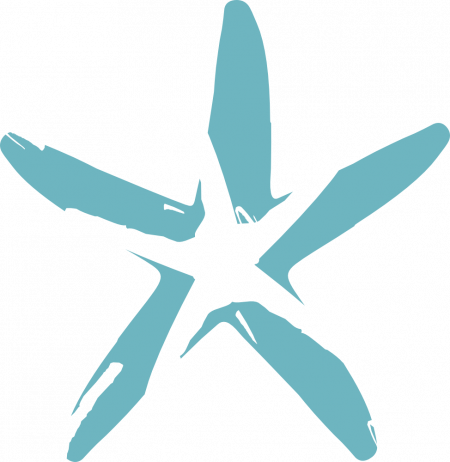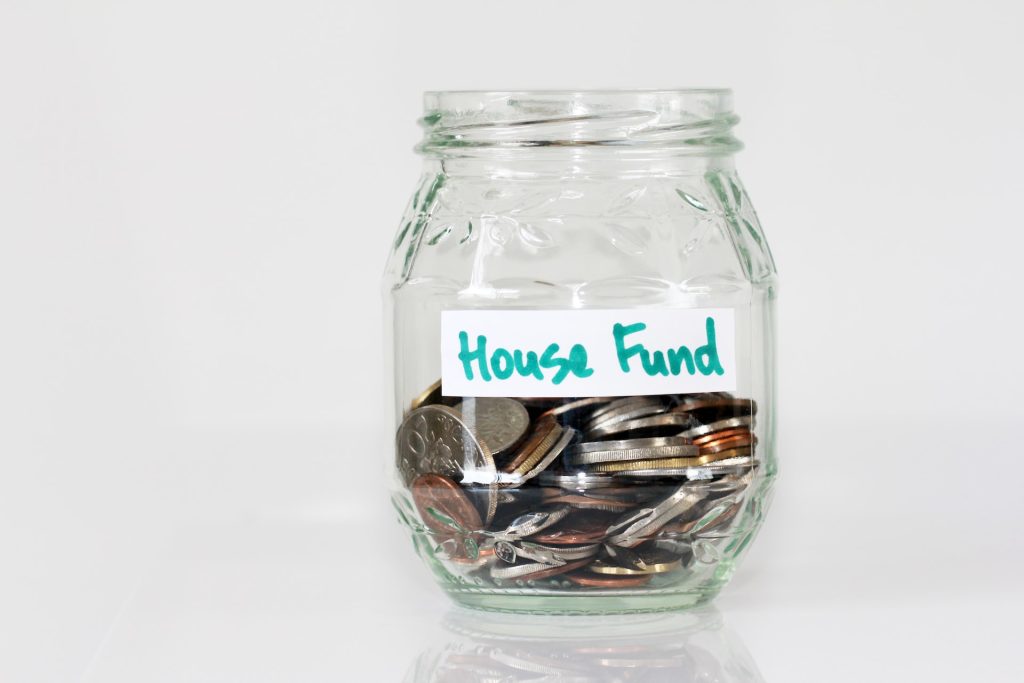

One of the biggest barriers to homeownership is coming up with the down payment. In order to qualify for a mortgage, lenders typically require a down payment of 10-20% of the home's purchase price. For many people, this can be a daunting amount of money to save.
However, it is possible to save for a down payment, even if you don't have a lot of money to start with. The key is to start small and make regular contributions to your savings account. We've compiled some tips to help you get started on your home-buying journey.
Start by evaluating your budget to see how much you can realistically afford to set aside each month. Make sure to factor in all of your expenses, including food, transportation, and other necessary costs of living. Do you own two vehicles? Could you get by with one? Ditch your second vehicle to save easy money on things like gas, insurance, car upkeep, and more. Do the math--it could add up to $9,000 in one year! Do you go out to eat often? Consider cooking at home more to free up some extra cash.
Once you have a good idea of your monthly expenses, you can start setting aside money for your down payment.
A higher credit score will give you access to lower interest rates, which can save you a lot of money over the life of your mortgage. Check your credit report and work on paying down any outstanding debt. This will not only improve your credit score, but it will also make it easier to qualify for a mortgage.
By paying your bills on time, you will improve your credit score. Always stay below your credit card limit. Use your credit cards regularly and pay back loans to cover larger expenses such as tuition or a car. Ultimately, this will improve your credit score and show mortgage lenders that you can be trusted.
When it comes to saving for a down payment, you'll want to open a separate savings account. This way, you won't be tempted to spend the money on other things. Many banks offer high-interest savings accounts that can help you grow your money faster. Look for an account with no monthly fees and free withdrawals. This will help you save money in the long run.
Talk to your financial advisor and set up an automatic contribution. Start small and make regular contributions to your savings account. Even if you can only afford to save $20 per week, that's still $1,040 per year! Automating your contributions will help you stay on track.
Imagine you're making mortgage payments. If you can, set aside $500 every two weeks to go into your savings account. You'll be surprised at how quickly your savings will grow.
The Government of Canada offers the Home Buyers' Plan (HBP), which allows you to withdraw up to $35,000 from your RRSP to use as a down payment on your first home. Be aware that you will have to repay the money within 15 years. If not, the money will be subject to taxation. However, this can be a helpful option if you're having trouble saving for a down payment.
A TFSA is a great way to save for a down payment because you can withdraw the money at any time, without paying taxes on it. The government allows you to contribute up to $6,000 per year, and the money grows tax-free. With a TFSA, you don't have to worry about repaying the money like you would with an RRSP.
The government offers the First-Time Home Buyer Incentive, which allows you to reduce your monthly mortgage payments without having to increase your down payment. The incentive is available to first-time home buyers with a household income of less than $120,000 per year.
If you're buying a home with a partner who is also a first-time home buyer, you can combine your incomes to qualify for the incentive. The incentive is available on homes with a purchase price of less than $500,000. Check out British Columbia's First Time Home Buyers’ Program and see if you qualify.
According to the Financial Consumer Agency of Canada, if you want to buy a home that costs $500,000 or less, you must pay at least 5% of the purchase price as a down payment. For example, the minimum down payment for a $400,000 home at 5% will be $20,000.
The minimum down payment for a home costing between $500,000 and $999,999 is 5% to 10%. For the first $500,000, you pay 5%. For anything above that amount, you pay 10%. For instance, if you’re purchasing a home at $600,000, the first 5% is $25,000. The remaining $100,000 is at 10%, which comes to $10,000. In order to purchase this particular house, you must have at least $35,000 for a down payment.
If the home is worth $1 million or more, the minimum down payment is 20% of the purchase price.
Saving for a down payment can be daunting, but there are plenty of programs and incentives to help you out. Work with your financial advisor to come up with a savings plan that's right for you. And remember, the more money you can put down as a down payment, the lower your monthly mortgage payments will be.
Happy house hunting from the Gray Team! Don't hesitate to contact us if you have any questions.